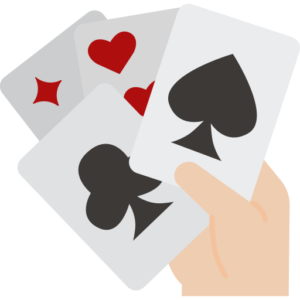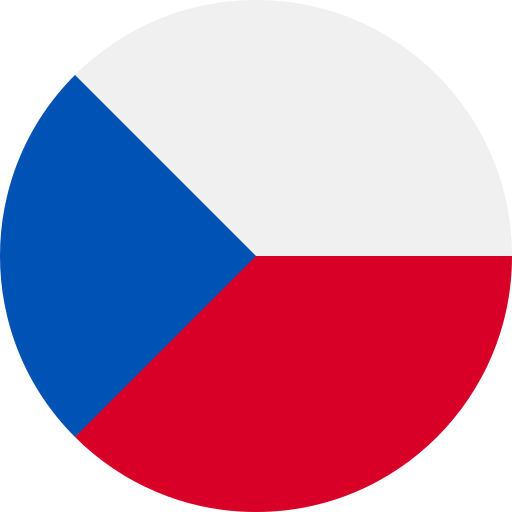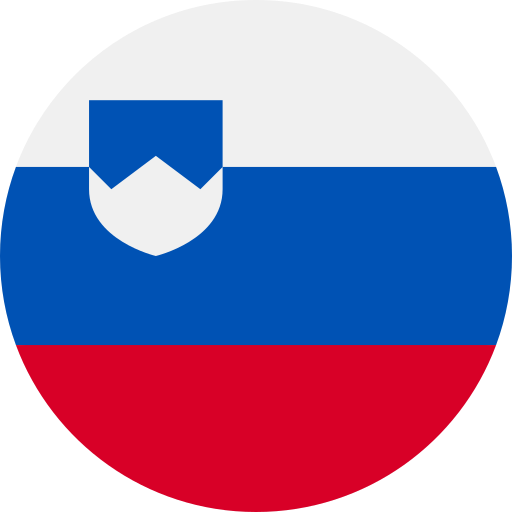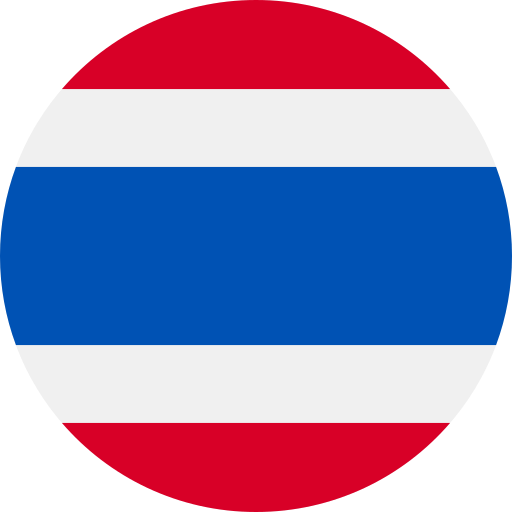Glossary Term
Community Cards
Community Cards
Used In: Poker
Introduction
Community cards are a key feature in many popular poker variants, such as Texas Hold'em and Omaha. These cards are dealt face-up in the center of the table and are shared by all players in the game. Unlike hole cards, which are dealt privately to each player, community cards are accessible to everyone and play a crucial role in determining the best possible hand. The combination of a player’s hole cards and the community cards makes up their final hand.
In games like Texas Hold'em, community cards are revealed in stages. First, the “flop” is dealt, which consists of three cards. After that comes the “turn,” a single card, followed by the “river,” which is the final community card. Players use these cards along with their hole cards to form the strongest hand possible, often leading to complex decision-making about betting, folding, or raising. The communal nature of these cards adds an additional layer of strategy, as players must not only consider their own hand but also anticipate what other players might be holding.
The impact of community cards on a poker game is significant. They can change the course of a hand, allowing players with weak hole cards to form strong hands or leaving even the best hole cards vulnerable. Understanding how to read community cards and predict how they can help or harm your hand is a vital skill in poker. Players must pay close attention to the cards that appear, as they influence both individual and overall game dynamics.
In Depth Look
Community cards are dealt in stages, with the flop, turn, and river each adding a new layer of information to the game. The flop consists of three community cards revealed after the first round of betting. These three cards immediately change the possibilities for all players, often leading to a shift in strategy. The turn, which is the fourth community card, adds another layer, and the river, the final card, can make or break a player’s hand. This progression of cards makes poker dynamic, as players must continually reassess their chances as new information becomes available.
Strategically, community cards allow players to form various hand combinations. For example, a player might start with a weak hand but could hit a straight or flush when the right community cards are dealt. Players often rely on these shared cards to improve their hands or to bluff others into folding. A good poker player can read the community cards carefully and use that information to gauge the strength of their opponents’ hands.
The appearance of certain community cards, like paired cards or suited cards, can dramatically change the odds of winning for all players at the table.
Mechanics
In poker games like Texas Hold'em and Omaha, community cards are dealt in stages to ensure that all players have the same opportunity to form the best possible hand. The first stage is the “flop,” where three community cards are dealt face-up in the center of the table. These cards are shared by all players and can be used in combination with their own hole cards. After the flop, a round of betting takes place. Then, the “turn” card is dealt, followed by another round of betting. Finally, the “river” card is revealed, and the last round of betting occurs. Players can use any combination of their hole cards and the five community cards to form the strongest hand possible.
The key mechanic of community cards is that they are public and available to all players, making them central to the strategy of the game. Unlike hole cards, which are private, the community cards require players to consider not only their hand but also the potential hands of other players. For example, if the community cards show two hearts and a player holds one heart, they might be waiting for a fourth heart to complete a flush. The shared nature of community cards introduces a layer of complexity, as players must constantly adjust their strategies based on the cards that are revealed and the actions of their opponents.


Illustrated Example
Let's say you're playing with four players, and you’re dealt the following hole cards: the 8 of hearts and the 10 of hearts. The community cards, dealt in stages, can greatly affect your hand. After the first round of betting, the “flop” is revealed, which consists of the 7 of hearts, the 9 of hearts, and the Jack of diamonds. At this point, you have a strong draw—your hand is close to completing a straight flush if the next heart is dealt. This shows how the community cards are crucial to shaping the potential of your hand, as they give you the chance to form a powerful combination.
The next card, known as the “turn,” is revealed, and it’s the 6 of hearts. This card completes your straight flush, as you now have the 7, 8, 9, 10, and Jack of hearts in your hand. You’ve just made one of the strongest hands in poker, and your position is looking very strong. However, other players at the table are also working with the community cards, so it’s important to consider what hands they could be holding. The community cards are the same for everyone, but each player’s combination of hole cards could still make them a serious contender for the pot.
Finally, the “river” card is revealed, and it’s the Queen of clubs. This card does not change your hand, as you already have your straight flush. At the end of the betting rounds, the showdown happens, and players reveal their hole cards to determine who has the best hand. Even though the Queen of clubs doesn’t improve your hand, the earlier community cards had already helped you build a winning hand. Here’s how your hand compares to other players at the table:
| Player | Hole Cards | Community Cards | Best Hand |
|---|---|---|---|
| You | 8♥ 10♥ | 7♥ 9♥ J♦ 6♥ Q♣ | Straight Flush (7-10♥) |
| Player 2 | A♠ K♠ | 7♥ 9♥ J♦ 6♥ Q♣ | Pair of Jacks |
| Player 3 | Q♠ Q♦ | 7♥ 9♥ J♦ 6♥ Q♣ | Three of a Kind (Queens) |
| Player 4 | 5♠ 6♦ | 7♥ 9♥ J♦ 6♥ Q♣ | Straight (6-10) |
Player Perspective
From a player’s perspective, community cards are an essential part of the strategy in poker. Players must carefully consider how each community card might interact with their hole cards to form a stronger hand. For example, if a player holds a pair of 10s, and the community cards show an Ace and a King, their hand is weak. However, if a third 10 appears on the board, their chances of making three of a kind significantly improve. Community cards add an element of unpredictability, as they are shared by all players, and every player must adapt their strategy based on what cards are revealed. It requires both patience and skill to assess how each new card changes the overall game dynamics.
Players also need to be aware of how their opponents are reacting to the community cards. If multiple players start betting aggressively after the flop, it’s possible they are holding a strong hand or are using the community cards to bluff. On the other hand, if the community cards are not helpful, players may decide to check or fold, conserving their chips for a better opportunity. The ability to read the community cards and predict how other players are likely to respond is a critical skill. Being able to adjust your strategy based on the changing board is key to becoming a successful poker player.
Conclusion
In conclusion, community cards are a vital element in poker, influencing both the strength of a player’s hand and the overall strategy of the game. They add an extra layer of complexity, as every player shares the same cards and must carefully evaluate how those cards impact their hand. Understanding how to read and react to community cards is essential for making informed decisions during a game. Whether they help a player form a winning hand or provide an opportunity for a well-timed bluff, community cards are central to shaping the outcome of each hand and can make the difference between victory and defeat.
The Top Online Casinos for Playing Poker
These platforms prioritize player satisfaction by providing intuitive interfaces, seamless gameplay experiences, and robust security measures to ensure a fair and enjoyable environment for all users.
welcome bonus
Welcome package €1,500 + 350 Free Spins
35x wagering (Deposit & Bonus)
Top 5 best casinos
$titl$ is not the Best Choice. Here are some better options:


Author
Branimir Ivanov | Senior News Contributor










